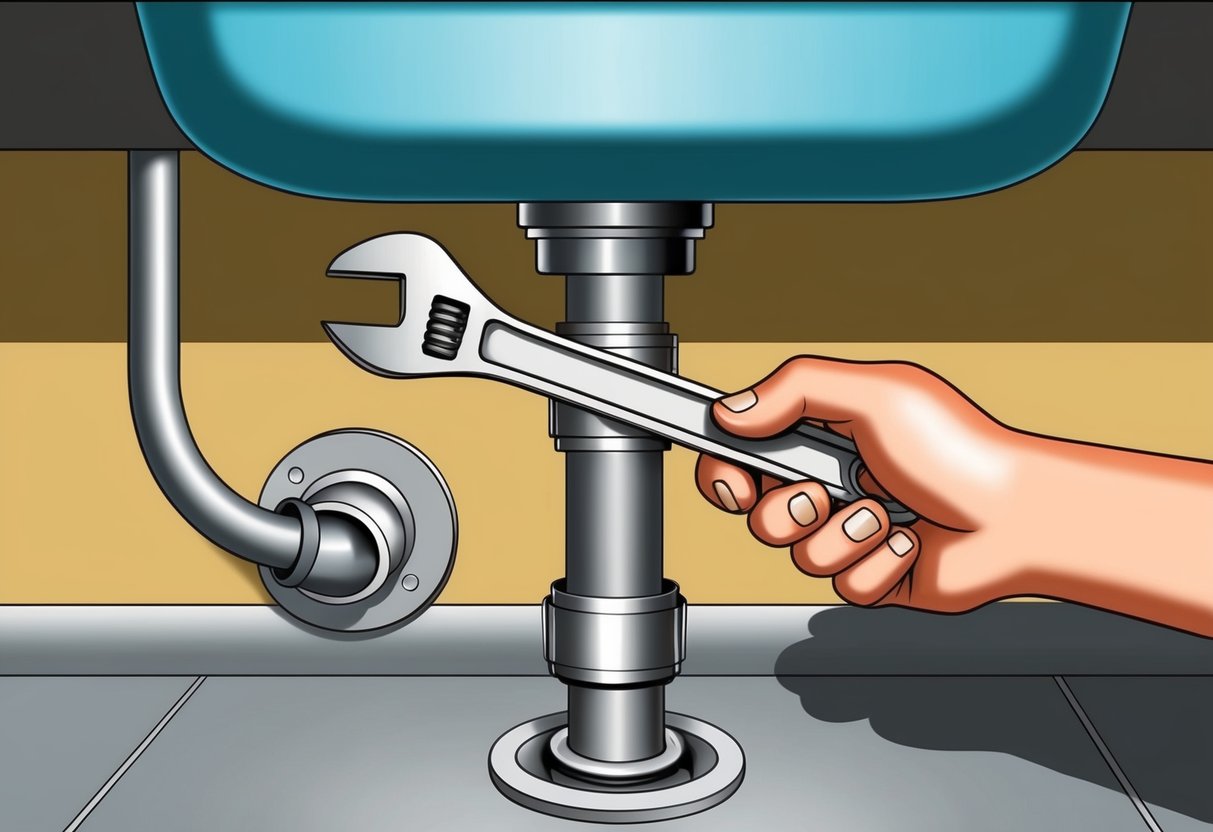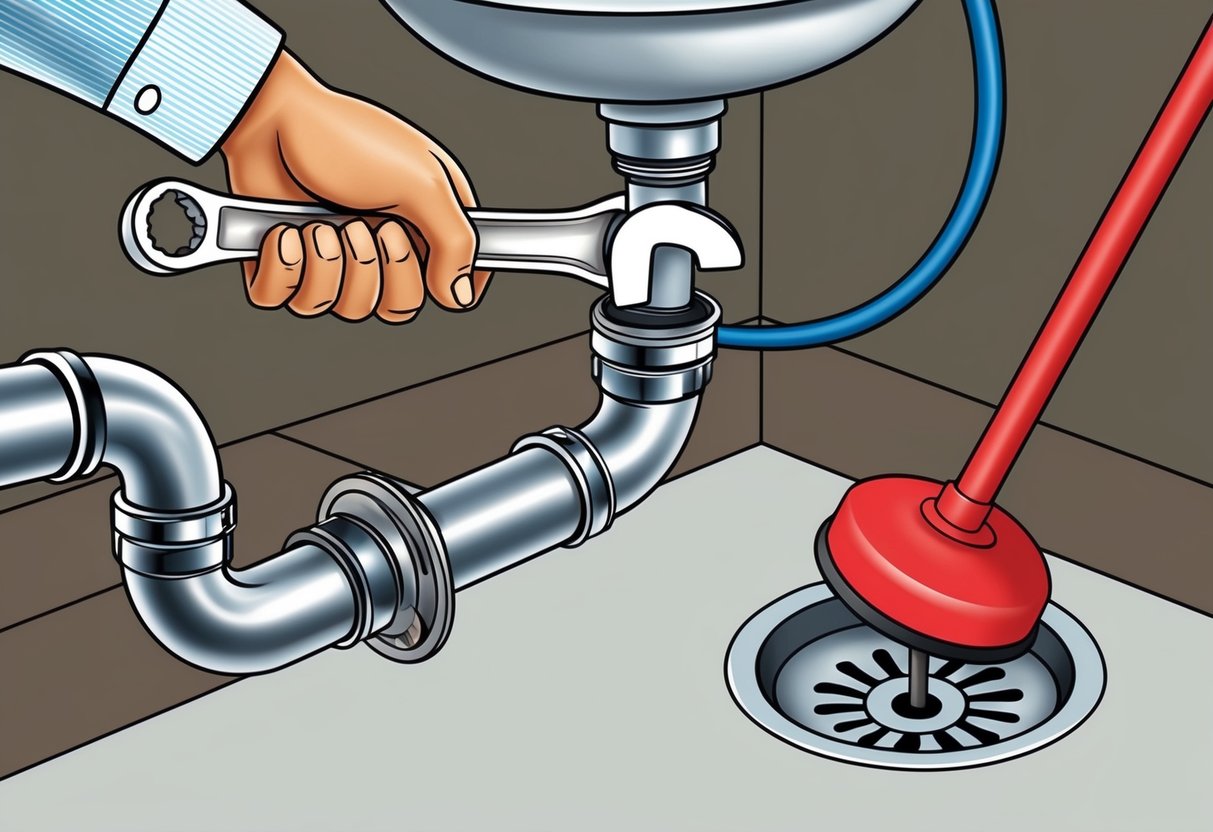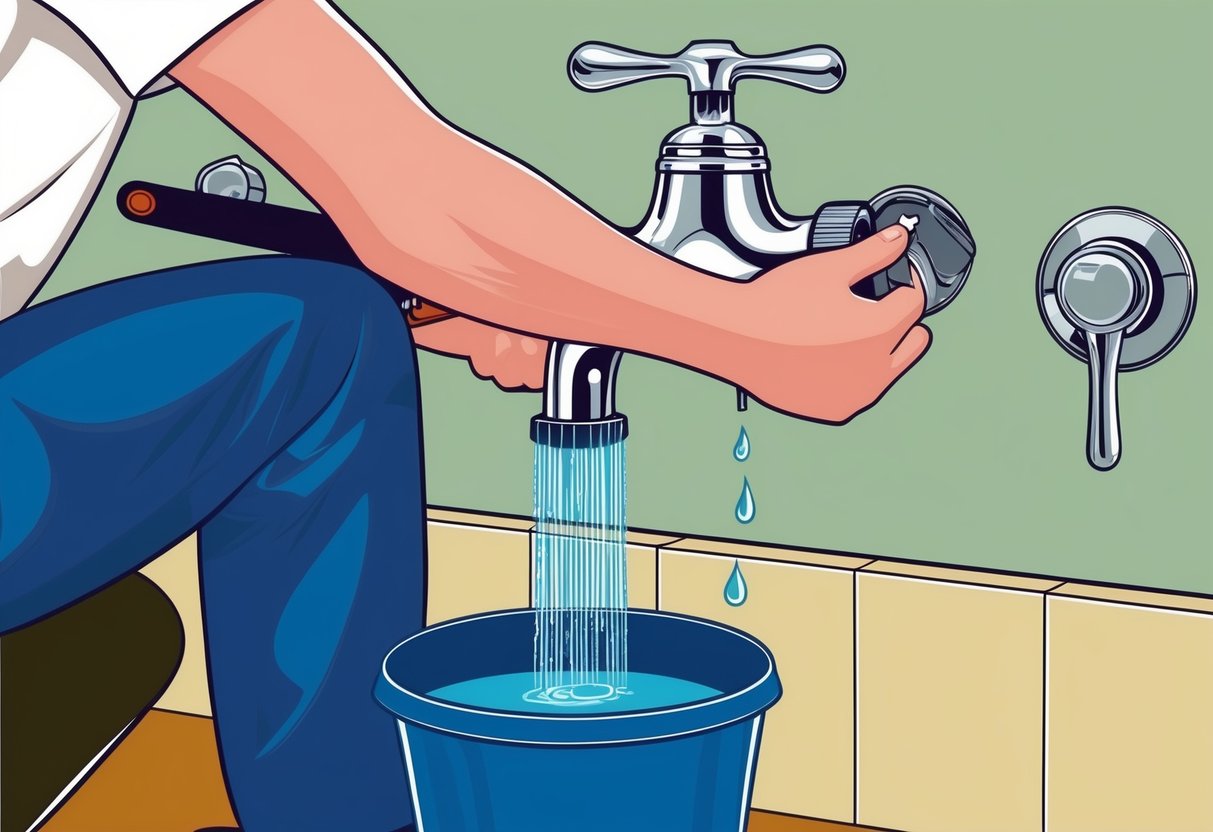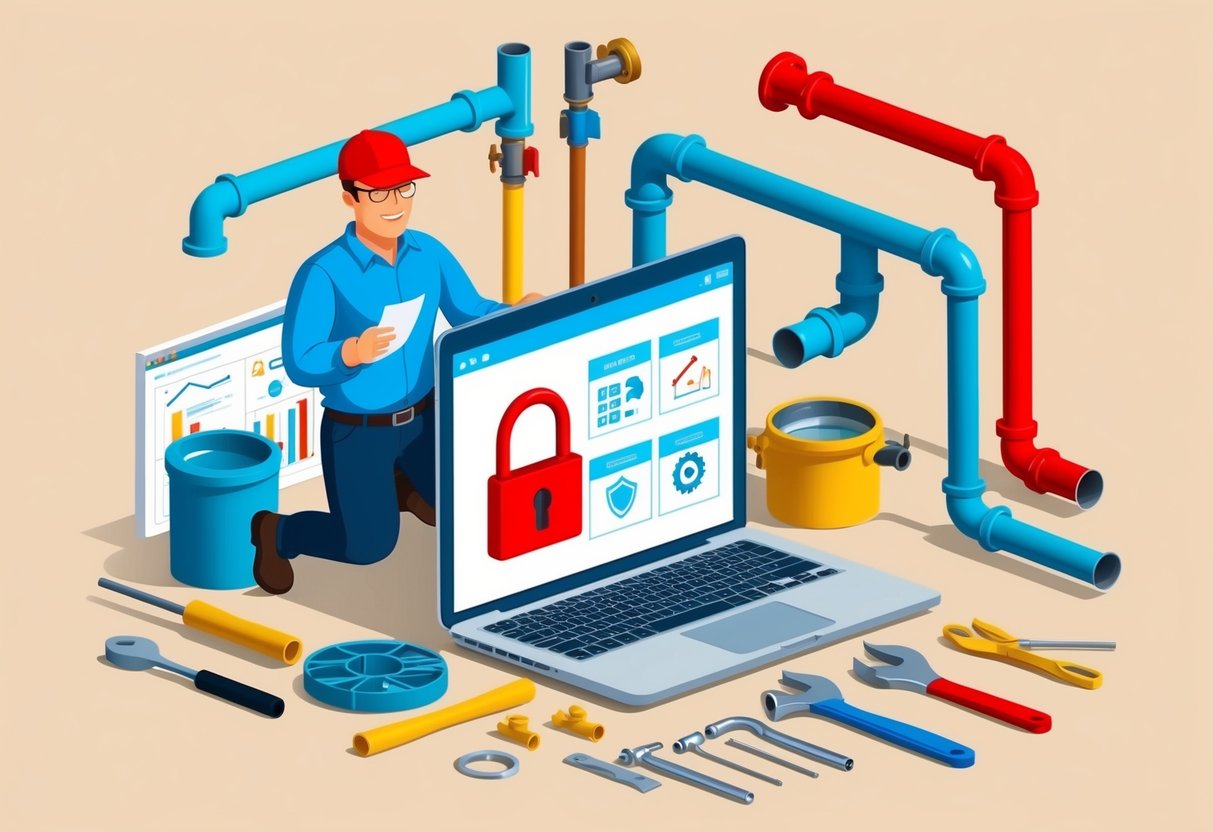
Sink and Shower: Maintenance Tips

Regular upkeep prevents most sink and shower plumbing problems and helps extend fixture lifespan. Simple DIY approaches like clearing minor clogs and controlling humidity reduce hassle and repair costs.
Clearing Slow Drains in Sinks and Showers
Slow drains are usually caused by the accumulation of hair, soap scum, and debris in the pipes. To address this, start by removing the drain cover and physically pulling out any visible buildup with a gloved hand or a basic drain tool.
For deeper clogs, use a drain snake or a plastic zip tool designed for bathroom drains. A safe and effective cleaning solution is a mixture of baking soda and vinegar poured down the drain, followed by hot water.
This solution can help dislodge minor obstructions without harming pipes. Chemical drain cleaners should be avoided because they can damage both pipes and the environment over time, as advised in many DIY plumbing guides.
Tips for maintaining clear drains:
- Use a mesh drain strainer to catch hair and debris.
- Run hot water after each use to flush out soap and oils.
- Clean the drain cover at least once a week.
Preventing Mold and Mildew Buildup
Moisture in sinks and showers creates ideal conditions for mold and mildew growth. To limit buildup, it’s important to keep surfaces as dry as possible.
Regularly wipe down tiles, shower doors, and countertops with a squeegee or dry towel after use. Make sure the bathroom fan is working well or open a window during and after showers to improve ventilation.
Cleaning grout and caulk lines weekly with a disinfectant or a mixture of white vinegar and water can discourage mold spores from taking hold. If visible mold appears, remove it promptly with a bathroom-safe cleaning product designed for mold removal.
Mold-resistant caulk and paints can also be used around sinks and showers for additional protection, as suggested in many DIY plumbing maintenance tips.
Key steps for prevention:
- Increase airflow with fans or open windows.
- Repair leaks or drips immediately.
- Deep-clean corners, grout, and drains every week.
Smart Water Use for Cost Savings

Using water wisely at home can lower monthly bills and help prevent common plumbing problems. Targeted strategies, like identifying leaks and installing efficient fixtures, quickly reduce waste and boost savings.
Detecting Water Waste
Detecting hidden leaks is one of the fastest ways to stop unnecessary water loss at home. Common culprits include dripping faucets, toilets that run even when not in use, and irrigation systems with worn-out washers or loose hose connections.
Even a small leak can waste gallons daily, adding up on your bill over time. It is important to regularly inspect under sinks, around toilets, and near outdoor spigots for any signs of moisture or pooling water.
The U.S. Environmental Protection Agency recommends replacing faulty flappers in toilets as a simple and effective solution that can quickly save both water and money. Smart plumbing technology, such as leak detection sensors, can alert homeowners in real time if a pipe bursts or a fixture begins leaking, helping prevent expensive water damage and high utility costs.
For added accuracy, many smart water systems track water usage by fixture and provide mobile alerts when they detect an unusual flow, making leak mitigation more efficient. For more detailed tips on leak detection, visit this guide to common household leaks and solutions.
Improving Home Water Efficiency
Upgrading fixtures and adopting smart water management practices play key roles in conserving water and saving money. Installing low-flow showerheads is a cost-effective option that can save up to 120 gallons of water each month for every person in the household.
These devices are designed to maintain water pressure while using less water, which means households do not sacrifice shower comfort for savings. Switching to WaterSense-labeled toilets and faucet aerators further reduces daily water consumption.
These upgrades can often be installed without professional help, keeping costs low for homeowners. Smart plumbing technology offers additional benefits by providing detailed insights into water use, helping owners spot areas of excessive consumption and adjust habits as needed.
Simple routines, such as running washing machines and dishwashers only with full loads, also contribute to greater water efficiency. Fixing small drips or leaks immediately helps prevent costly repairs and curtails ongoing waste.
For step-by-step guidance on cost-saving water upgrades, explore these smart plumbing solutions for water bill savings.
Understanding Privacy and Data When Accessing Plumbing Resources

Users may interact with a variety of online plumbing resources, each with its own methods for collecting and managing data. Attention to privacy, consent, and data usage is increasingly essential as online platforms use various technologies to personalize ads, authenticate users, and refine their services.
Managing Privacy Settings on DIY Sites
DIY plumbing websites and forums often require users to accept or manage privacy settings. These settings may include cookies that help the sites authenticate users, prevent spam, and enable personalised advertising.
Typically, platforms provide a privacy dashboard or settings menu where visitors can adjust preferences about how their personal data is used. Regarding content measurement and audience research, these websites collect engagement metrics to develop better services.
Users should review cookie policies to understand which cookies are necessary and which are used for marketing or research purposes. Adjusting privacy options can reduce the amount of personal information shared with third parties.
Most platforms, such as Yahoo, provide accessible tools to manage privacy rights and review what data is stored or shared.